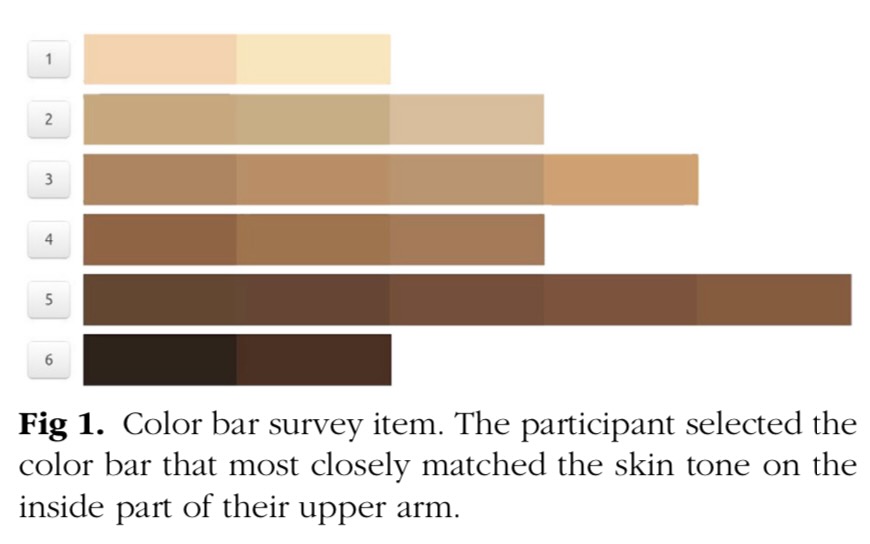28 January 2022
In
News
Performing a skin assessment
Wounds UK recently released a Best Practice Statement on “addressing skin tone bias in wound care”.
The document contains many useful tips, of which one Table presents … “questions to consider as part of a skin assessment”.
The questions are:
- What is the wound / peri-wound skin like in comparison to the surrounding skin?
- Are there any differences in colour?
- Does the skin feel warm/cool? Are there any changes in temperature?
- Does the skin feel spongy or firm to the touch?
- Does the skin look or feel shiny or tight?
- Is there any swelling or inflammation?
- Are there changes to the texture of the skin and underlying tissue?
- How is the overall condition / integrity (hydration) of the skin?
- Is there any pain, itchiness or change in sensation?
The Best Practice document also introduces us to the Colour Bar Tool designed by Ho and Robinson 2015. (See the picture set as the introduction photo)
If you care for patients with varying degrees of darkness in skin tone, then this document is vital reading.



